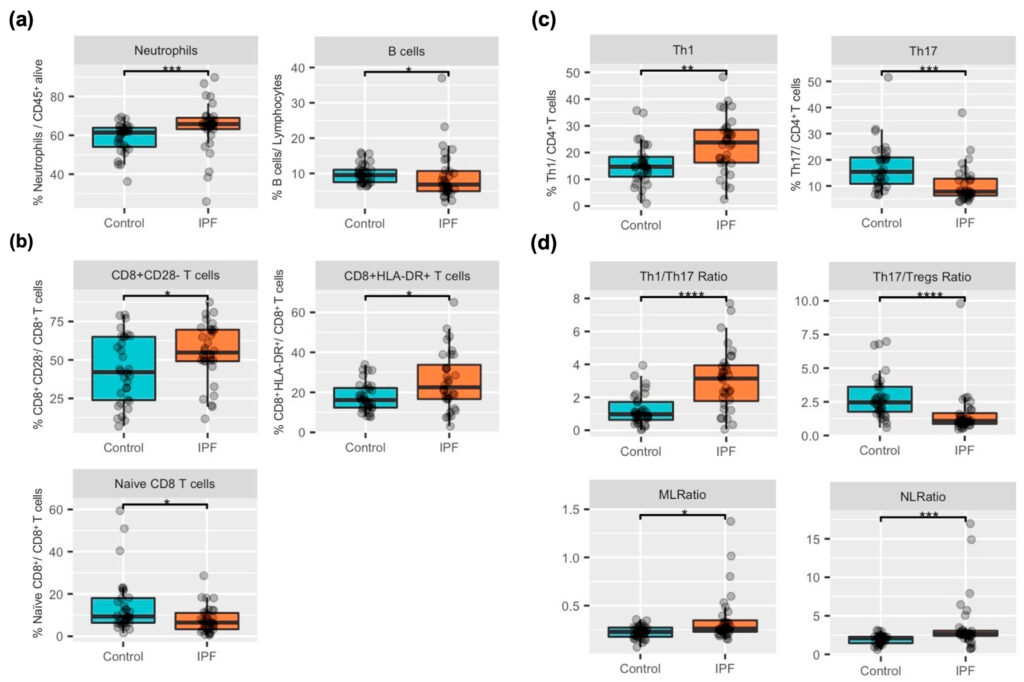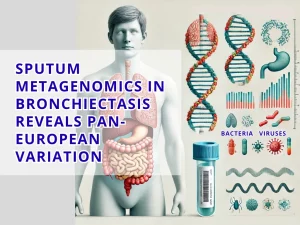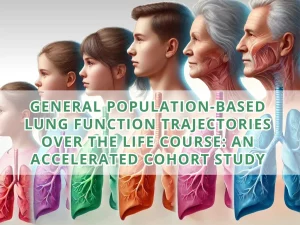Blood Immunophenotypes of Idiopathic Pulmonary Fibrosis: Relationship with Disease Severity and Progression

The role of the immune response in the pathogenesis of idiopathic pulmonary fibrosis (IPF) remains controversial. We hypothesized that peripheral blood immune phenotypes will be different in IPF patients and may relate to the disease severity and progression. Whole blood flow cytometry staining was performed at diagnosis in 32 IPF patients, and in 32 age- and smoking-matched healthy controls. Thirty-one IPF patients were followed up for one year and categorized as stable or progressors based on lung function, deterioration and/or death. At 18–60 months, immunophenotypes were characterized again. The main results showed that: compared to matched controls, at diagnosis, patients with IPF showed more neutrophils, CD8+HLA-DR+ and CD8+CD28− T cells, and fewer B lymphocytes and naïve T cells; in IPF, circulating neutrophils, eosinophils and naïve T cells were associated with lung function abnormalities; patients whose disease progressed during the 12 months of follow-up showed evidence of cytotoxic dysregulation, with increased CD8+CD28− T cells, decreased naïve T cells and an inverted CD4/CD8 ratio at baseline; and blood cell alterations were stable over time in survivors. IPF is associated with abnormalities in circulating immune cells, particularly in the cytotoxic cell domain. Patients with progressive IPF, despite antifibrotic therapy, present an over-activated and exhausted immunophenotype at diagnosis, which is maintained over time.
Autores: Nuria Mendoza, Sandra Casas-Recasens, Núria Olvera, Fernanda Hernandez-Gonzalez, Tamara Cruz, Núria Albacar, Xavier Alsina-Restoy, Alejandro Frino-Garcia, Gemma López-Saiz, Lucas Robres, Mauricio Rojas, Alvar Agustí, Jacobo Sellarés and Rosa Faner.
Puedes leer el artículo completo aquí
Noticias relacionadas

Sputum metagenomics in bronchiectasis reveals pan-European variation: an EMBARC-BRIDGE study
Sputum metagenomics reveals pan-European variation in microbial and resistome profiles in bronchiectasis: an EMBARC-BRIDGE study.

Metabolomic Plasma Profile of Chronic Obstructive Pulmonary Disease Patients
This study identifies a metabolic signature of COPD patients, involving fatty acids, amino acid and carbohydrate metabolites, using LC-MS plasma profiling.

General population-based lung function trajectories over the life course: an accelerated cohort study
Empirical life course lung function trajectories from ages 4–80 using data from eight cohort studies in Europe and Australia.
Más artículos
Lung function
- 759688· Prof Eric Melen et Al. – Lung-function trajectories: relevance and implementation in clinical practice.
- 769289·Caspar Schiffers, Rosa Faner, et al. Supranormal lung function: Prevalence, associated factors and clinical manifestations across the lifespan.
- 769491·Tamara Cruz, Núria Mendoza, Gema M Lledó, Lídia Perea, Núria Albacar, Alvar Agustí, Jacobo Sellares, Oriol Sibila, Rosa Faner. Persistence of a SARS-CoV-2 T-cell response in patients with long COVID and lung sequelae after COVID-19
- 769799·Alvar Agusti, Peter G. Gibson, Vanessa M. McDonald. Treatable Traits in Airway Disease: From Theory to Practice
- 778797· Xavier Alsina-Restoy, Rodrigo Torres-Castro, Yolanda Torralba García, Felip Burgos, Joan Albert Barberà, Àlvar Agustí, Isabel Blanco Does arterial oxygenation during exercise add prognostic value in pulmonary arterial hypertension?
Recuerda que puedes acceder a varios enlaces a artículos dentro de la categoría EPOC en esta web. También puedes acceder otros enlaces en el Listado de Artículos de la Cátedra de Salud Respiratoria.
Imagen obtenida de vectorjuice en Freepik
